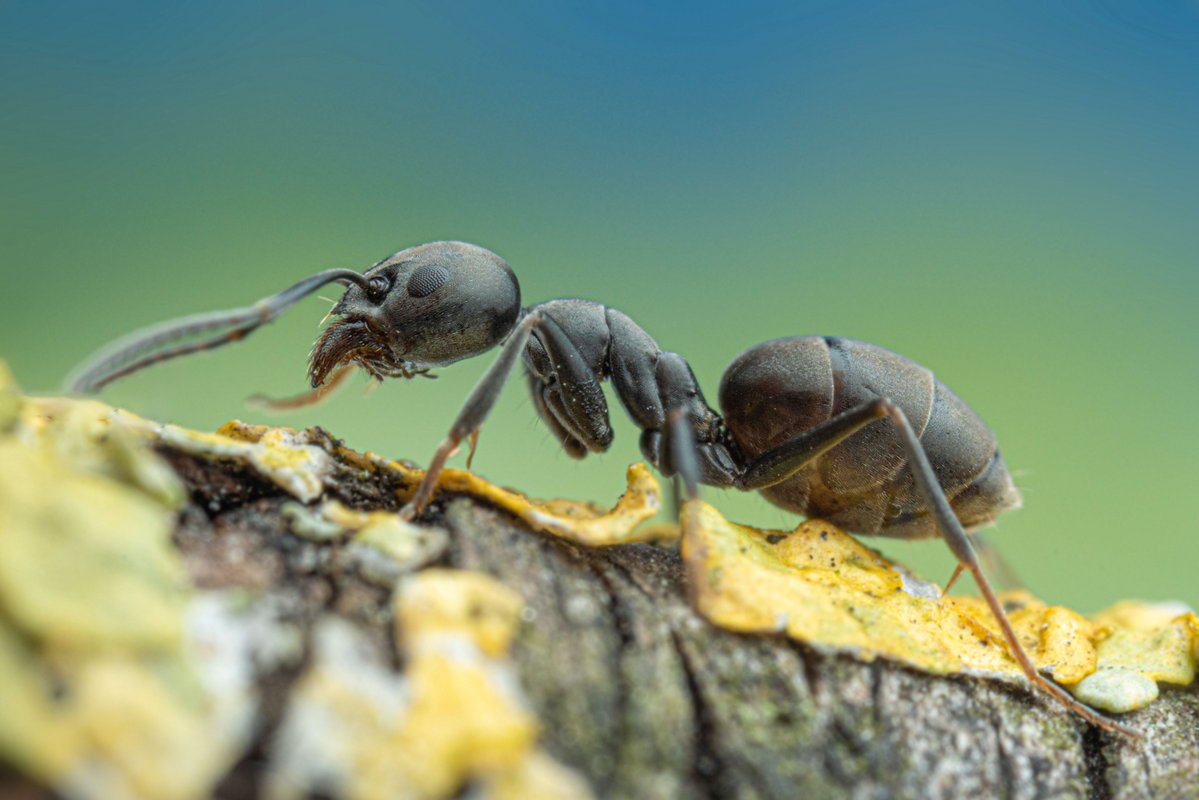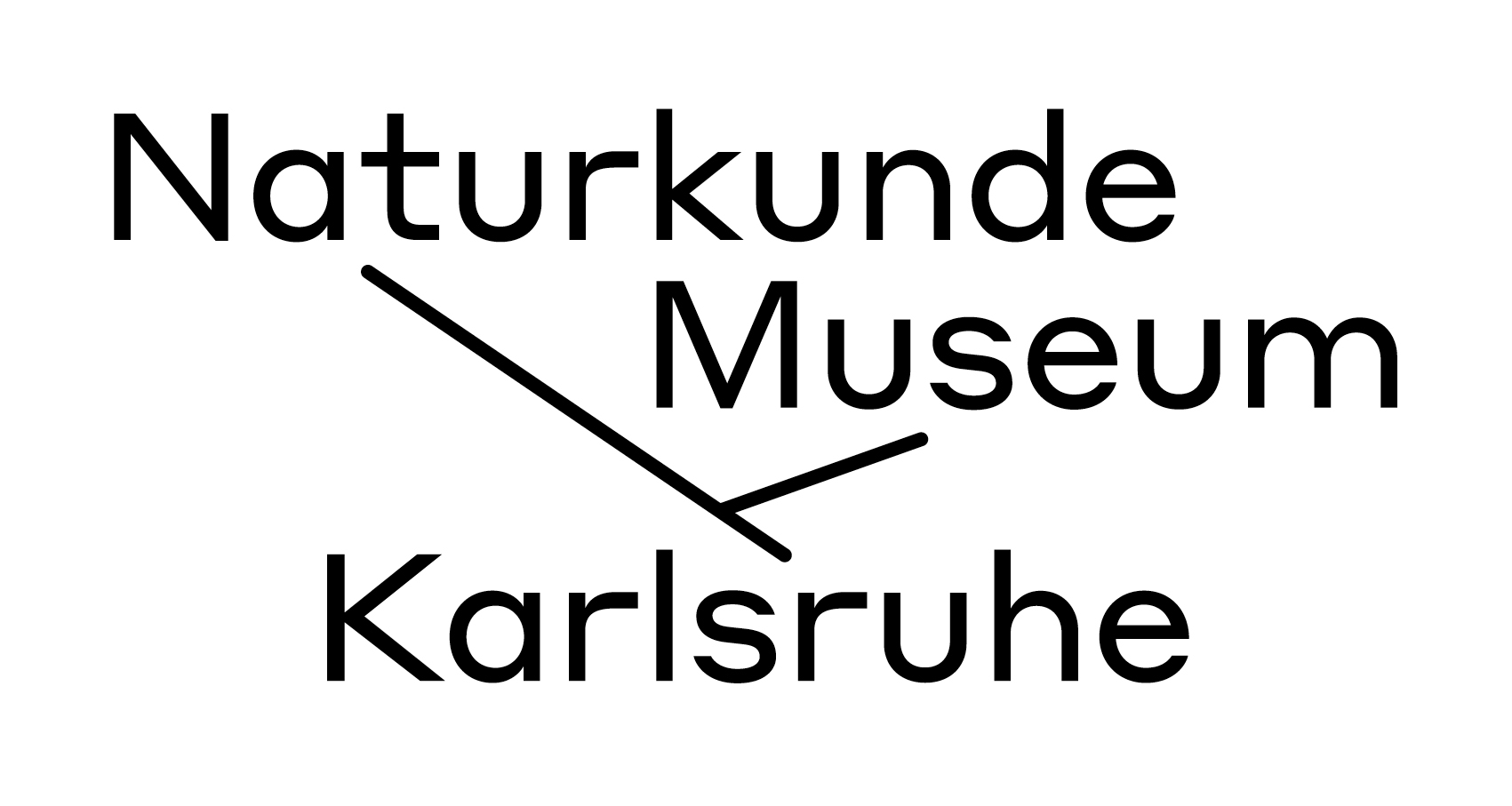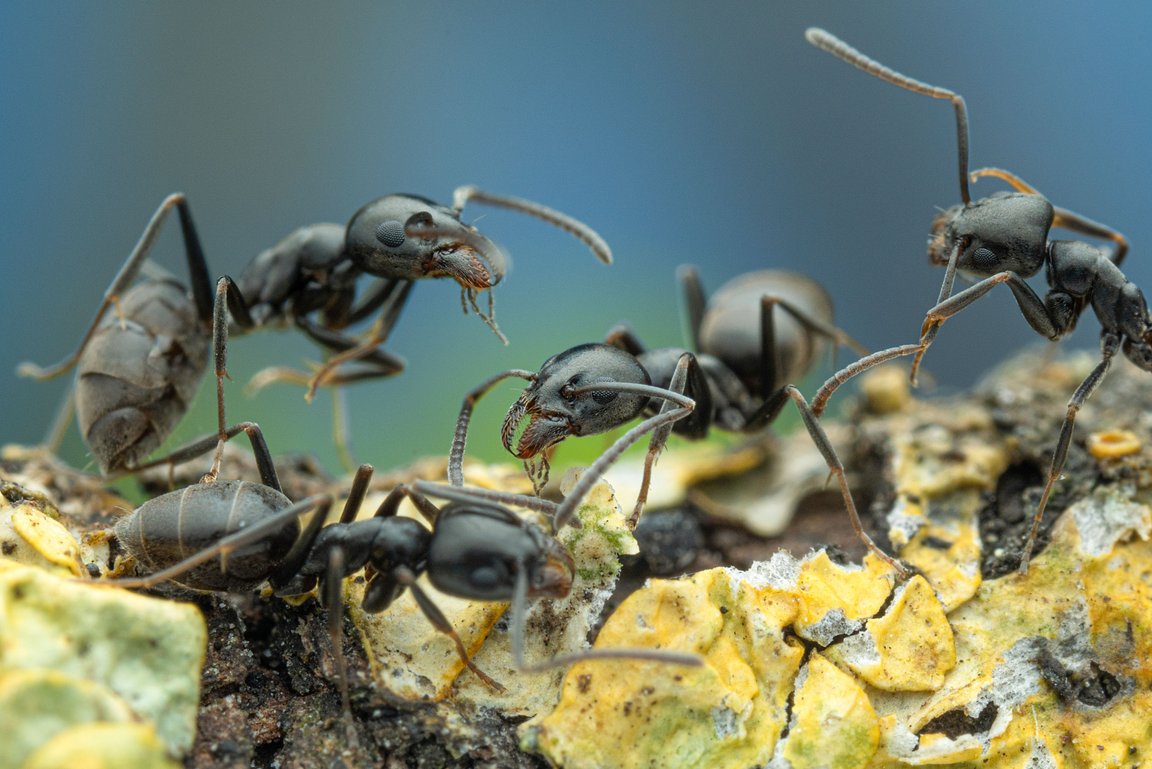Genomic and ecological analyses of the spread of the invasive ant species Tapinoma magnum in Baden-Württemberg as a basis for effective management

Eine Ameise der Ameisenart Tapinoma magnum. (Bild: A. Bellersheim / SMNS)
Tapinoma Project
Background
The ant species Tapinoma magnum, which originates from the Mediterranean region, forms large super-colonies and is increasingly threatening buildings and infrastructure in Baden-Württemberg and other regions of Germany. The ‘Tapinoma Project’ combines the expertise of the State Museums of Natural History of Stuttgart and Karlsruhe with citizen science to tackle this challenge. A modern research approach, based on throughput genomic sequencing and machine-learning ecological methods, will analyse the origin and spread of the invasion in order to develop effective long-term management strategies. Coordination and networking with regions in Germany, Switzerland and France are planned in order to further contain the damage. Workshops will promote exchange and support future biological monitoring initiatives.
Planned focus of work
Generation of a reference genome
The researchers want to use long-read genome sequencing to create a high-quality reference genome for the invasive Tapinoma magnum. With the help of this genome, genetic markers can be identified that allow the determination of the origin of the invasion, map its spread in central Europe, and accelerate the distinction between invasive species and native species. This makes it easier to monitor and track the invasion. The collaboration of experts from the State Museums of Natural History in Stuttgart and Karlsruhe ensures reliable identification and long-term collection of reference specimens.
Evolutionary genomics of invasion
Genotyping of individuals from native and invasive populations makes it possible to identify the sources of the invasion. The coalescence of different colonies can be documented and geographical barriers that limit the spread can be identified. In addition to these planned steps, the project will also assess the extent of the ‘founder effect’ and subsequent demographic expansion during the invasion of Tapinoma magnum. This analysis will provide important insights into the genetic evolution and adaptive capacity of the invasive ant population, which are crucial for understanding dispersal dynamics.
Involvement of citizen scientists to map the distribution
Citizens are called upon to collect specimens of Tapinoma magnum, document the collection data and report their findings. The involvement of citizens in natural science research makes it possible to cover large geographical areas of Baden-Württemberg. The collected data forms the basis for the spatial and temporal tracking of the invasion.
Modelling the future spread
Using ecological data from native and invasive areas, the researchers will identify environmental variables that influence the occurrence of Tapinoma magnum. By incorporating climate data and urban development plans, they will also model whether and how the invasion of the ant species is favoured by new adaptations or changes in environmental conditions such as climate or urban expansion. This model makes it possible to predict in which geographical areas a spread is most likely, taking into account various future scenarios. Using a traffic light system, these models form the basis for a risk analysis for cities and municipalities.
Making research results available to the public
Based on the results of their research, the experts want to produce a white paper for affected municipalities with practical tips on recognising, slowing down and containing invasions as well as best practice examples for the passive protection of critical infrastructure. For private individuals, a guide with an identification key and, in coordination with the LUBW, a reporting portal with options for registering a Tapinoma infestation will be created. The project results will be discussed at a final conference with representatives from science, politics and society.
Project partners
This project is jointly coordinated by the Stuttgart State Museum of Natural History (Prof. Dr. Ricardo Pereira / Prof. Dr. Lars Krogmann) and the State Museum of Natural History Karlsruhe (Prof. Dr. Martin Husemann / Dr. Manfred Verhaagh) and carried out in close cooperation with the University of Hohenheim (Prof. Dr. Christian Rabeling) and researchers from the Centre for Biodiversity and Integrative Taxonomy (KomBioTa).
Collaboration with State Museum of Natural History Karlsruhe




